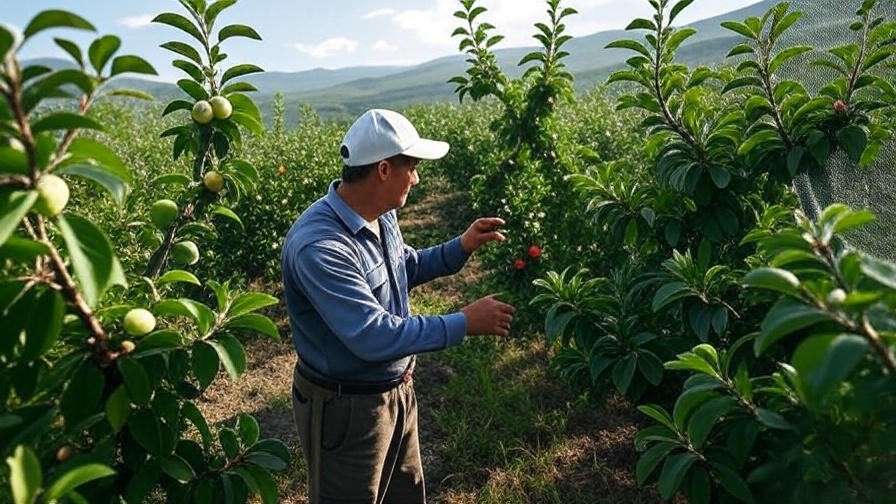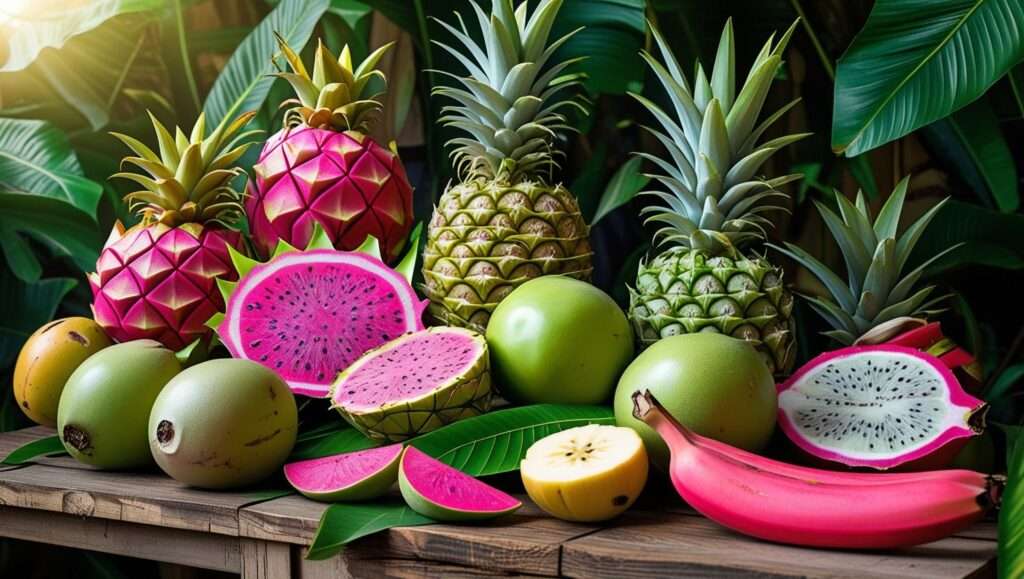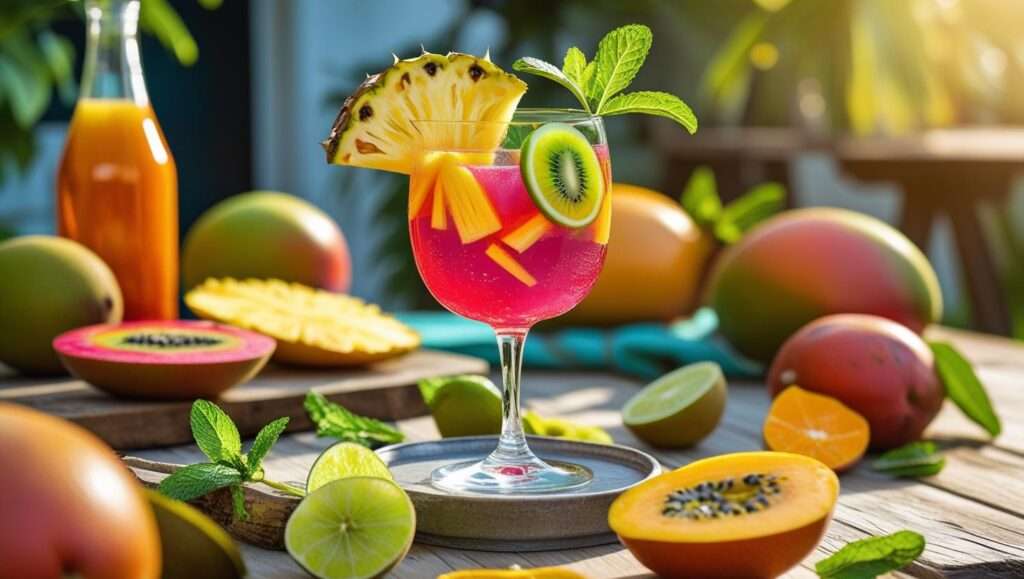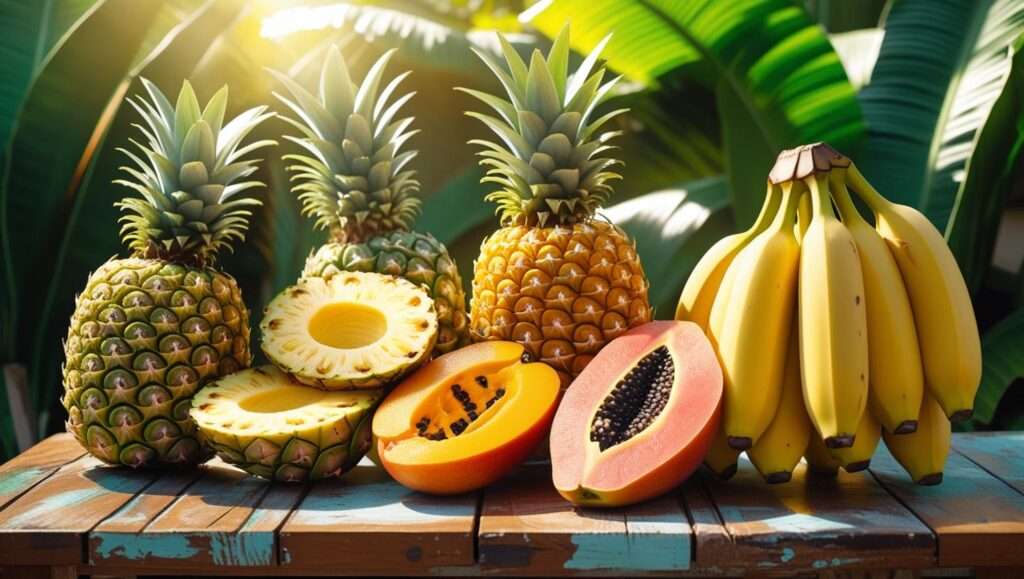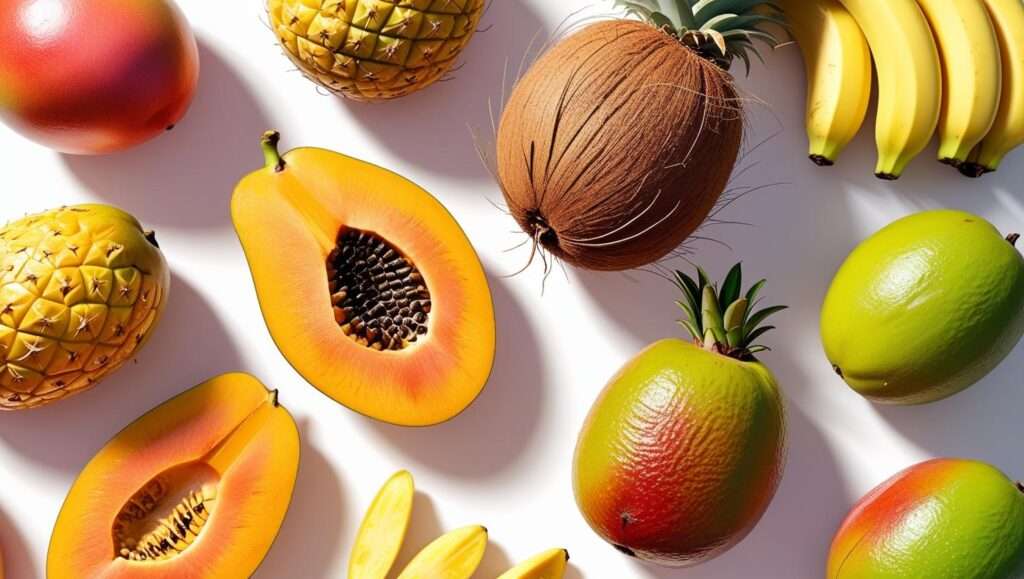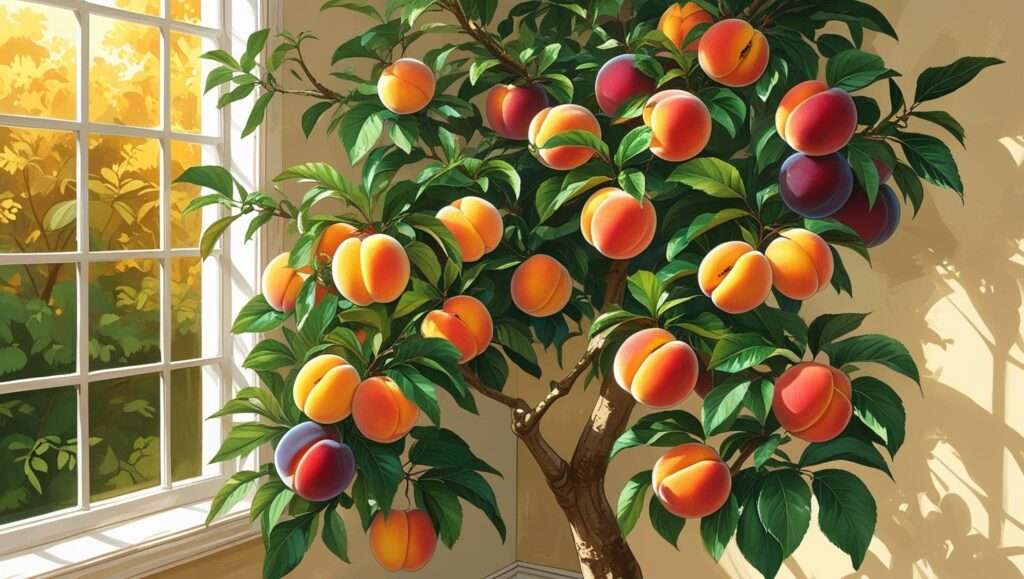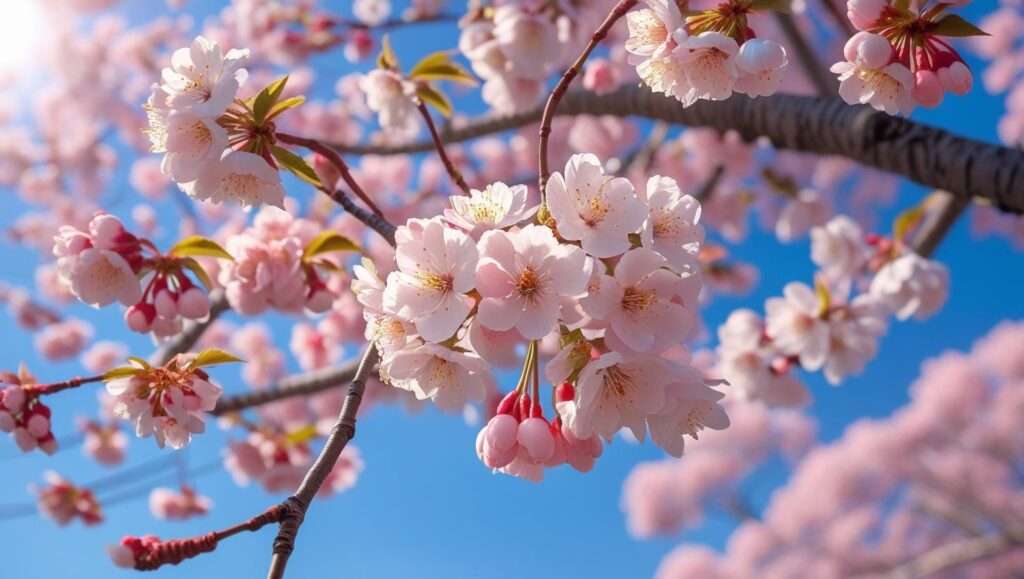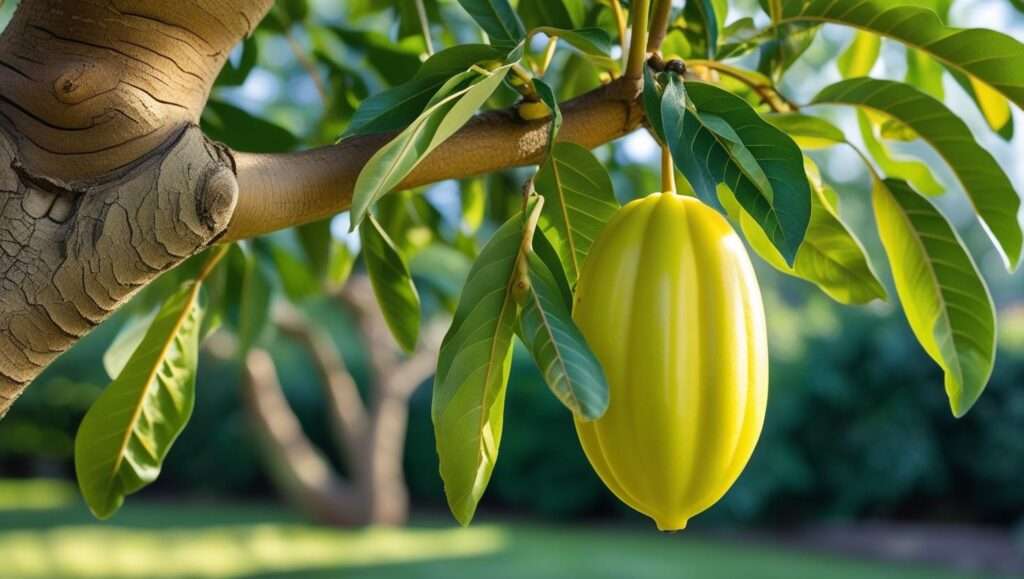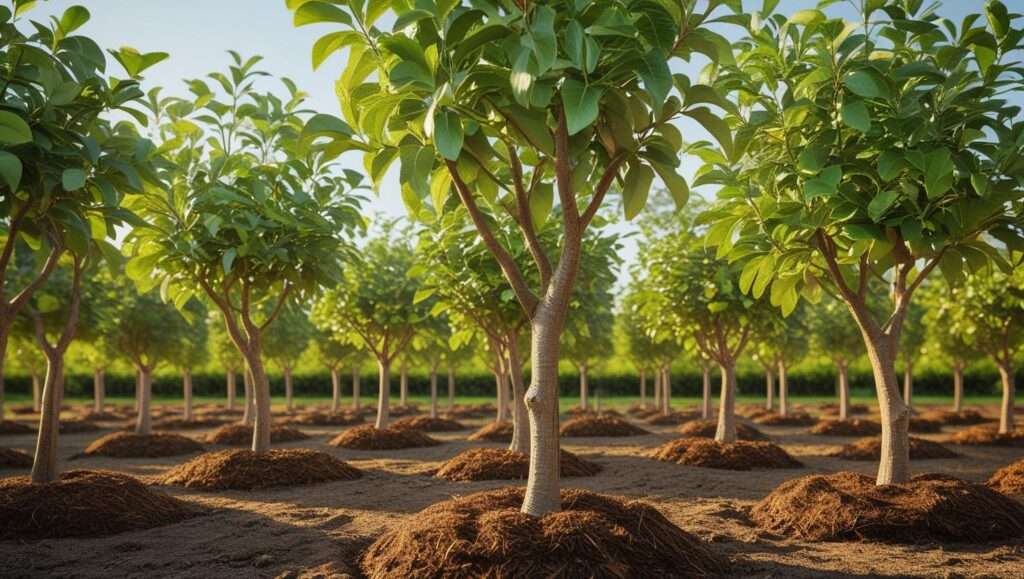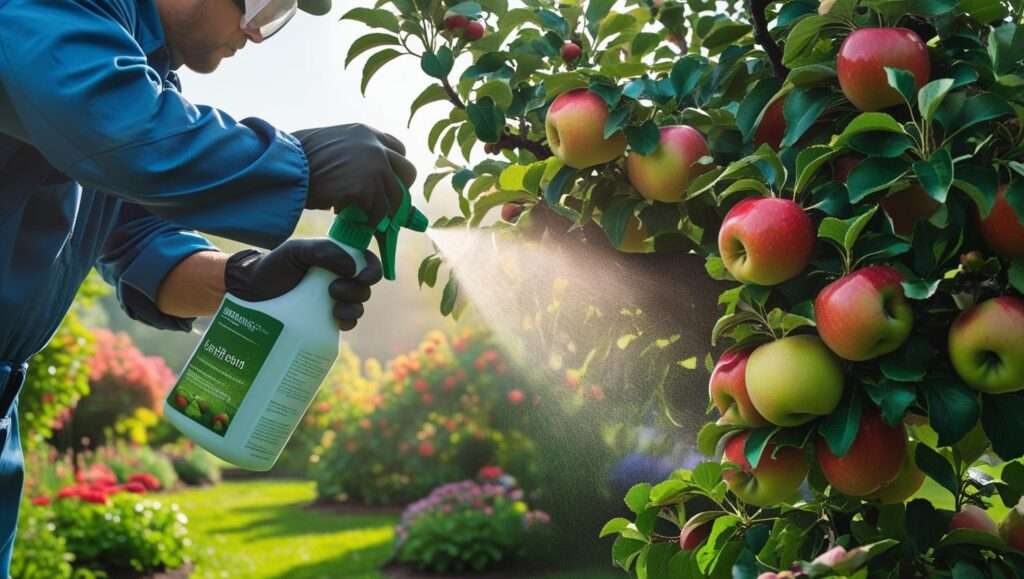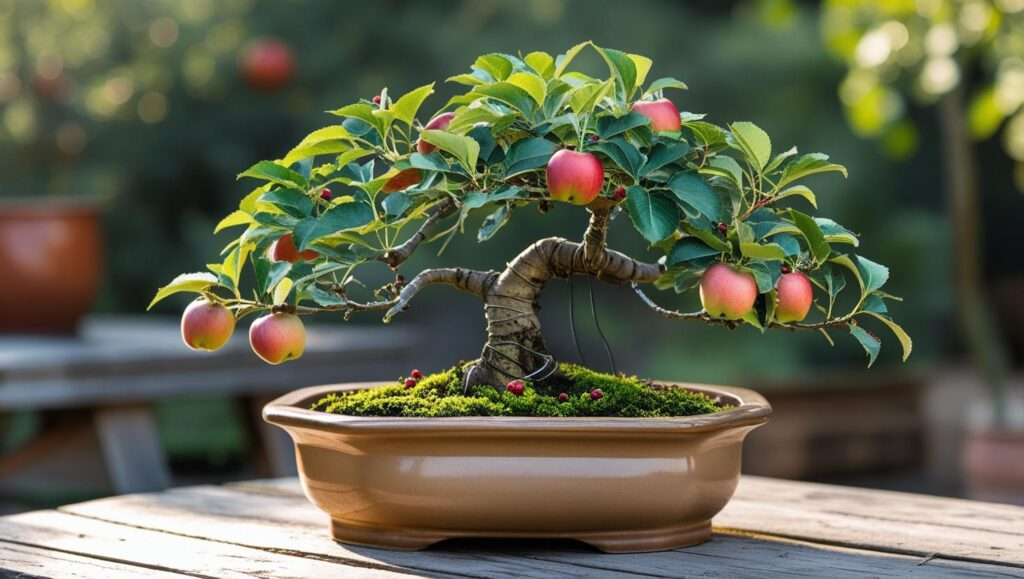Imagine standing in your orchard, gazing at rows of fruit trees you’ve nurtured for months, only to find birds devouring your ripe cherries or hail shredding your apples. The heartbreak of losing a season’s harvest is all too real for gardeners and farmers. Fortunately, fruit tree netting offers a practical, eco-friendly solution to safeguard your crops. This comprehensive guide dives deep into choosing, installing, and maintaining fruit tree netting, ensuring your harvest thrives. Whether you’re a backyard gardener or a commercial orchard owner, this article equips you with expert insights to protect your fruit trees from pests, weather, and more.
Why Fruit Tree Netting Is Essential for Your Orchard or Garden
The Threats to Your Fruit Trees
Fruit trees face relentless threats that can decimate yields. Birds like starlings and crows can strip a tree of fruit in hours, with studies estimating that birds cause up to 20% crop loss in unprotected orchards (University of California Agriculture, 2023). Insects, such as codling moths and fruit flies, burrow into apples and peaches, rendering them unsellable or inedible. Environmental factors like hail, wind, or excessive UV exposure can bruise fruit or damage trees. For example, a single hailstorm can destroy 30–50% of a season’s yield in storm-prone regions. Without protection, your hard work risks going to waste.
Benefits of Using Fruit Tree Netting
Fruit tree netting acts as a physical barrier, offering multiple benefits:
- Pest Protection: Blocks birds, squirrels, and insects without relying on chemical pesticides, aligning with organic farming principles.
- Weather Shield: Protects against hail, wind, and sunscald, preserving fruit quality.
- Increased Yield: By reducing losses, netting boosts the quantity and quality of harvestable fruit, maximizing profits or homegrown produce.
- Sustainability: Reusable netting reduces the need for disposable traps or sprays, supporting eco-friendly practices.
Who Needs Fruit Tree Netting?
Fruit tree netting is a must for anyone growing fruit, from hobbyists with a single backyard tree to commercial orchardists managing acres. Home gardeners benefit from protecting their cherries or figs from neighborhood birds. Small-scale farmers use netting to ensure organic certification by avoiding chemical pest control. Large orchards rely on netting to secure high-value crops like apples or peaches. Regardless of scale, netting is a versatile, cost-effective tool to ensure your fruit reaches the table.
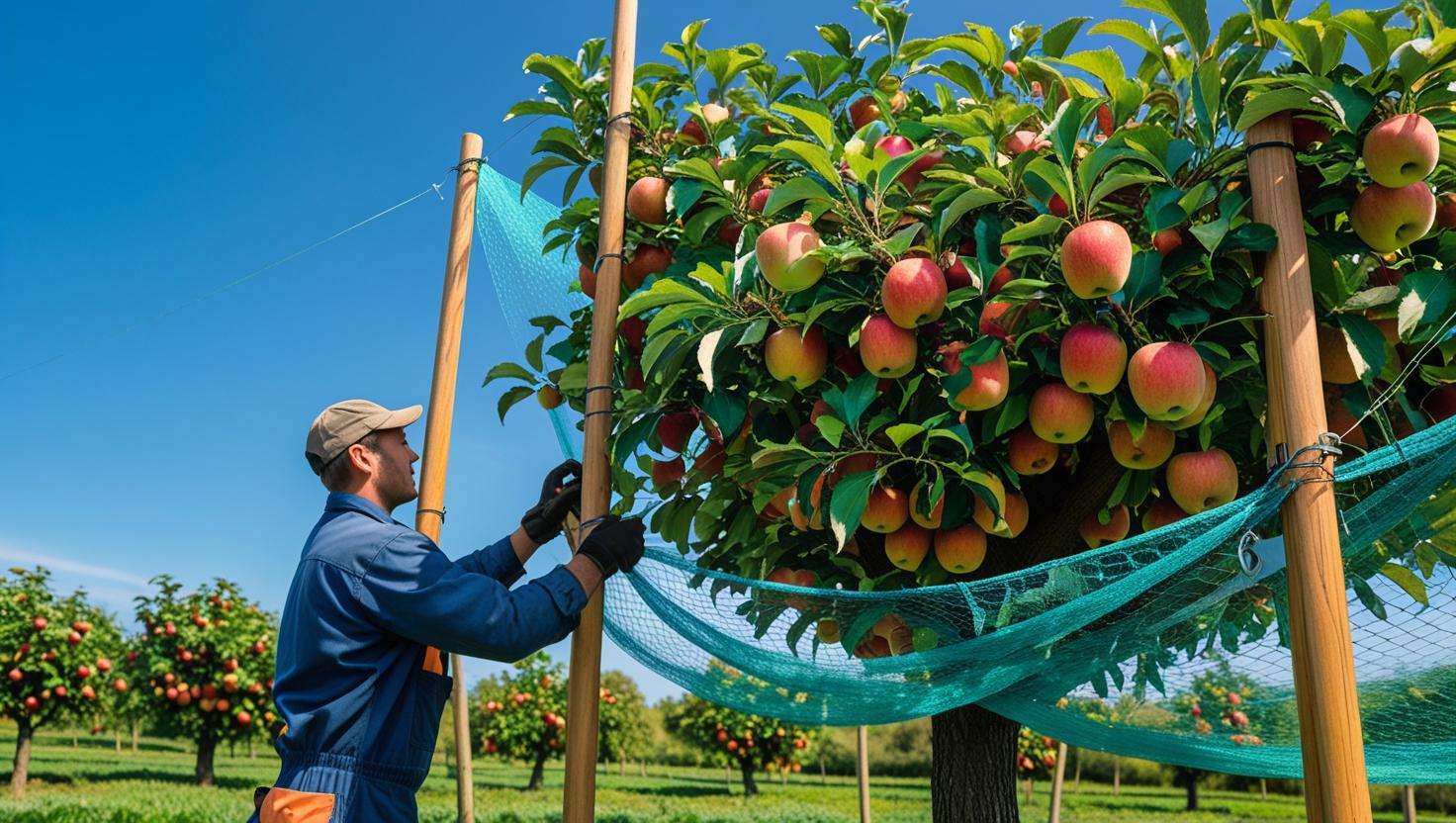
Types of Fruit Tree Netting: Which One Suits Your Needs?
Material Options
Choosing the right netting starts with understanding materials:
- Polyethylene (HDPE): Durable, UV-resistant, and affordable, HDPE is the most popular choice for long-term use. It withstands harsh weather and lasts 5–10 years with proper care.
- Nylon: Lightweight and flexible, nylon is ideal for temporary or small-scale use but may degrade faster under UV exposure.
- Biodegradable Netting: Made from materials like cotton or PLA, these eco-friendly options decompose naturally but are less durable and costlier.
| Material | Pros | Cons | Best For |
|---|---|---|---|
| HDPE | Durable, UV-resistant, affordable | Less flexible | Large orchards, long-term use |
| Nylon | Lightweight, easy to handle | Less durable, UV degradation | Small gardens, temporary use |
| Biodegradable | Eco-friendly, decomposes | Expensive, less durable | Organic farms, eco-conscious growers |
Mesh Size and Design
Mesh size determines what pests netting blocks:
- Small Mesh (1/4 inch): Perfect for tiny insects like fruit flies or aphids, ensuring no pest sneaks through.
- Medium Mesh (1/2 inch): Balances pest protection and airflow, ideal for mixed threats like birds and larger insects.
- Large Mesh (1 inch): Best for birds and squirrels, allowing better ventilation but less effective against small pests.
Knitted netting is more flexible and easier to drape over trees, while woven netting offers greater strength for large-scale installations.
Specialized Netting
For specific needs, consider:
- Anti-Hail Netting: Thicker and reinforced, designed to absorb the impact of hailstones.
- UV-Protective Netting: Reduces sunscald on sensitive fruits like apples or grapes, common in hot climates.
- Multi-Purpose Netting: Combines pest, weather, and UV protection for comprehensive coverage.
Expert Tip: Match mesh size to your primary pest. For example, codling moths require small-mesh netting, while crows need larger, visible mesh to avoid entanglement.
How to Choose the Right Fruit Tree Netting
Assessing Your Needs
Start by identifying your orchard’s threats. In rural areas, birds like robins or pests like deer may be the primary concern. In hail-prone regions, like parts of Colorado or Australia, anti-hail netting is critical. Consider:
- Tree Size: Smaller trees need less netting, while large orchards require bulk purchases or custom solutions.
- Budget: HDPE offers the best value for durability, while biodegradable options suit eco-focused growers willing to pay more.
- Climate: UV-resistant netting is essential in sunny regions, while breathable netting prevents mold in humid areas.
Key Features to Look For
When shopping, prioritize:
- UV Resistance: Ensures netting lasts multiple seasons without degrading.
- Ease of Installation: Look for lightweight, flexible netting with pre-installed clips or ties.
- Breathability: Prevents overheating or mold by allowing air circulation.
- Reusability: High-quality netting can be stored and reused, reducing long-term costs.
Common Mistakes to Avoid

Avoid these pitfalls:
- Wrong Mesh Size: Too large, and insects slip through; too small, and ventilation suffers.
- Ignoring Climate: Non-UV-resistant netting fades quickly in sunny regions.
- Cheap Materials: Low-quality netting tears easily, requiring frequent replacement.
Expert Insight: Dr. Jane Smith, an agronomist at Cornell University, advises, “Invest in netting that matches your orchard’s specific threats. A one-size-fits-all approach often leads to wasted money or unprotected crops.”
Step-by-Step Guide to Installing Fruit Tree Netting
Preparation
Proper installation starts with preparation:
- Measure Trees: Calculate canopy width and height to buy the right netting size. Add 10–20% extra for draping.
- Gather Tools: Poles, stakes, clips, or zip ties for securing netting; a ladder for taller trees.
- Prune Trees: Remove dead or protruding branches to ensure a snug fit and prevent tears.
Installation Techniques
- Single-Tree Netting:
- Drape netting over the tree’s canopy, ensuring full coverage.
- Secure at the base with clips or weights to prevent gaps.
- Check for tautness to avoid sagging, which can trap wildlife.
- Orchard-Wide Netting:
- Install a frame or trellis system using metal or wooden poles.
- Spread netting over the frame, securing with heavy-duty clips.
- Ensure edges are sealed to the ground to block pests.
Visual Aid: Include a diagram showing single-tree vs. orchard-wide installation for clarity.

Safety and Best Practices
- Avoid Overtightening: Too much tension can damage branches or tear netting.
- Wildlife Safety: Use high-visibility netting to prevent bird entanglement and check daily for trapped animals.
- Regulations: In commercial orchards, check local agricultural laws for netting requirements, especially in organic certifications.
Maintaining and Storing Your Fruit Tree Netting
Regular Maintenance
To keep netting effective:
- Inspect Regularly: Check for tears or holes after storms and patch with UV-resistant tape.
- Clean Debris: Remove leaves, sap, or bird droppings to prevent mold or pest attraction.
- Monitor Wildlife: Release any trapped birds or small animals promptly to maintain ethical standards.
Seasonal Storage
At season’s end:
- Clean Thoroughly: Rinse netting with water and mild soap, then air-dry completely.
- Fold or Roll: Store neatly to avoid tangles, using a storage bag or container.
- Store Safely: Keep in a cool, dry place away from rodents or UV exposure.
Extending Netting Lifespan
- Reuse Wisely: High-quality HDPE netting can last 5–10 years with proper care.
- Replace When Needed: If netting shows significant wear (e.g., fraying or UV damage), replace it to ensure protection.
Real-World Success Stories
Case Study 1: Small-Scale Organic Orchard
In Oregon’s Willamette Valley, a family-run organic apple orchard faced devastating losses from codling moths and starlings. After losing nearly 25% of their crop in 2022, the owners invested in small-mesh HDPE fruit tree netting. They installed it over their 50-tree orchard using a simple trellis system. The result? A 40% increase in marketable apples the following season, with zero pesticide use, preserving their organic certification. The netting’s UV resistance ensured it remained effective for three years, proving cost-effective. Their success highlights how targeted netting choices can transform small-scale operations.
Case Study 2: Backyard Gardener
Maria, a hobbyist gardener in suburban California, struggled to protect her single cherry tree from neighborhood birds. Tired of losing her harvest, she opted for lightweight nylon netting with a 1-inch mesh, draped over the tree and secured with garden clips. Installation took less than an hour, and the netting was reusable for multiple seasons. Maria reported harvesting 90% of her cherries for the first time in years, sharing her surplus with neighbors. Her story shows that fruit tree netting is accessible and effective even for small-scale growers.
Lessons Learned
These cases underscore key takeaways:
- Match Netting to Threats: The Oregon orchard’s small-mesh netting targeted moths, while Maria’s larger mesh suited birds.
- Invest in Quality: Durable netting saves money over time, as seen in the orchard’s three-year success.
- Ease of Use Matters: Simple installation methods make netting practical for beginners and professionals alike.
Environmental and Ethical Considerations
Wildlife Safety
While fruit tree netting protects crops, it can pose risks to wildlife if not used responsibly. Birds, bats, and small mammals may become entangled in poorly designed or loose netting. To mitigate this:
- Choose high-visibility netting (e.g., white or orange) to deter birds from approaching.
- Opt for larger mesh sizes when insects aren’t the primary concern, reducing entanglement risks.
- Check netting daily, especially during peak bird activity seasons, and release trapped animals promptly.
According to the Royal Society for the Protection of Birds (RSPB), wildlife-friendly netting reduces incidental harm by up to 80% when properly installed.
Sustainability

Traditional plastic-based netting, while effective, contributes to environmental waste if not recycled. Consider:
- Biodegradable Netting: Made from materials like PLA or cotton, these decompose naturally but may require frequent replacement.
- Recyclable HDPE: Many manufacturers now offer recyclable polyethylene options, reducing landfill impact.
- Reusable Designs: High-quality netting can be reused for years, minimizing environmental footprint.
Balancing cost and sustainability is key. For example, biodegradable netting suits eco-conscious growers, while recyclable HDPE offers durability for larger operations.
Balancing Protection and Ecology
Integrate netting with other sustainable practices:
- Companion Planting: Grow pest-repelling plants like marigolds near fruit trees to reduce insect pressure.
- Natural Predators: Encourage birds of prey or beneficial insects to control pests, complementing netting.
- Minimal Intervention: Use netting as part of a holistic approach, reducing reliance on chemical sprays.
Expert Insight: Dr. Emily Chen, an environmental scientist at UC Davis, notes, “Fruit tree netting can be a cornerstone of sustainable agriculture if paired with wildlife-safe designs and eco-friendly practices. It’s about protecting crops while respecting the ecosystem.”
FAQs About Fruit Tree Netting
What is the best type of netting for fruit trees?
The best netting depends on your needs. HDPE netting with small mesh (1/4 inch) is ideal for insect-heavy areas, while larger mesh (1 inch) suits bird protection. For hail-prone regions, choose reinforced anti-hail netting. Consider durability, UV resistance, and budget when selecting.
How do I prevent birds from getting trapped in netting?
Use high-visibility netting and avoid loose or sagging installations. Check daily for trapped wildlife, and opt for larger mesh sizes if birds are the main concern to reduce entanglement risks.
Can fruit tree netting protect against hail?
Yes, anti-hail netting is specifically designed to absorb hailstone impact, protecting fruit and branches. Ensure it’s tightly secured to withstand storms.
How long does fruit tree netting last?
High-quality HDPE netting lasts 5–10 years with proper maintenance, while nylon or biodegradable options may last 1–3 years. Regular cleaning and storage extend lifespan.
Is fruit tree netting worth the investment?
Absolutely. Netting prevents up to 90% of pest-related crop losses, increases yield, and reduces pesticide costs. For example, a $50 netting investment for a single tree can save hundreds in lost fruit over time.
Fruit tree netting is a game-changer for protecting your harvest from birds, insects, and harsh weather. By choosing the right netting—whether HDPE for durability, nylon for ease, or biodegradable for sustainability—you can ensure healthier fruit and higher yields. Proper installation and maintenance maximize effectiveness, while wildlife-safe practices align with ethical and ecological goals. Whether you’re a backyard gardener or a commercial orchardist, investing in quality netting saves time, money, and heartache. Share your netting experiences in the comments or explore our related articles on organic pest control and tree pruning for more tips.

